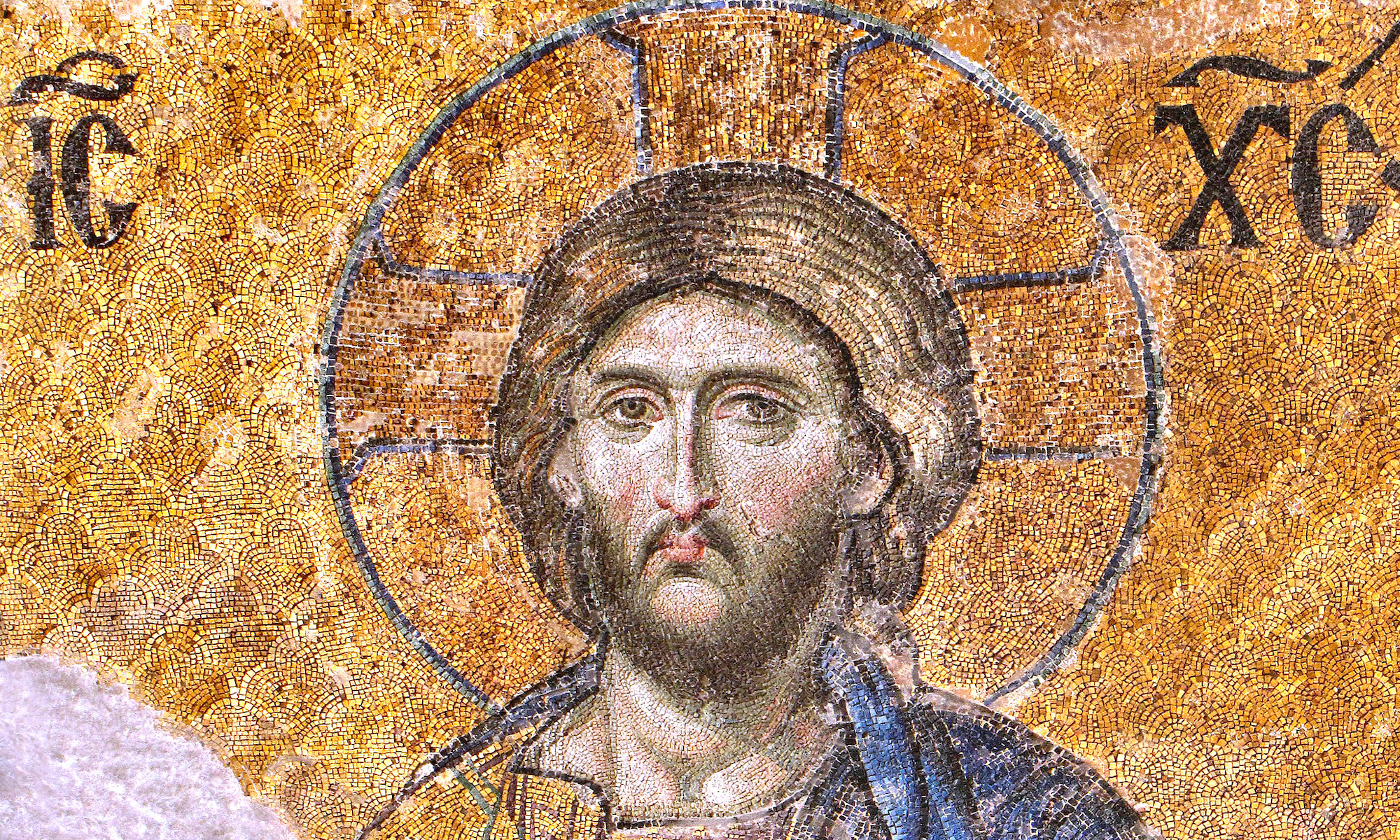We are all on a journey: an ancient journey, full of perils.
We travel together for safety, and our companions, chosen or haphazard, largely determine our experience of our travel,
Except for two unalterable truths…
Everything changes, nothing stays the same.
No one can ever go back the way they came.
And, like all journeys, the ultimate significance of our endeavours depends largely upon our intended destination
And on our intended purpose, once we get there:
Are we some rough beast, slouching towards Bethlehem to be born?
Or are we a vulnerable young mother,
Voluntarily submitting ourselves to the pains of travel and the labour of childbirth
To do our part to help provide a body for and to bring into the world the Christ-child?
And, if the latter, our journey does not end at Bethlehem.
For, once we have so participated in His embodiment, we have chosen, and been chosen, to go further:
To go as far as needed, to continue the journey as long as we are needed
To protect and nurture and bring up Him who has chosen to be born of us
In the humiliation of the stable:
the helpless saviour of the world, the Prince of Peace.
Christ is born!
May we, with our souls and our bodies – our entire beings, throughout our entire journey –
Glorify Him.
